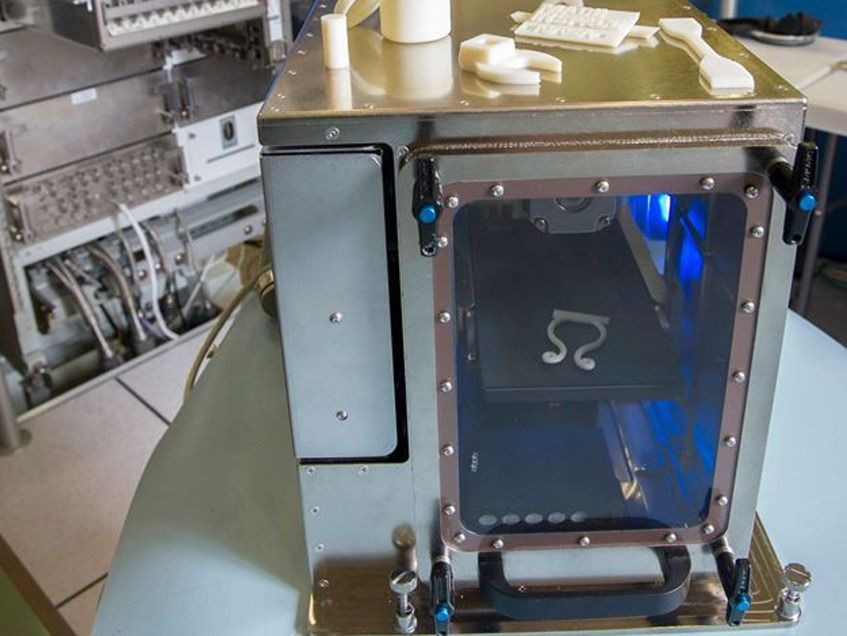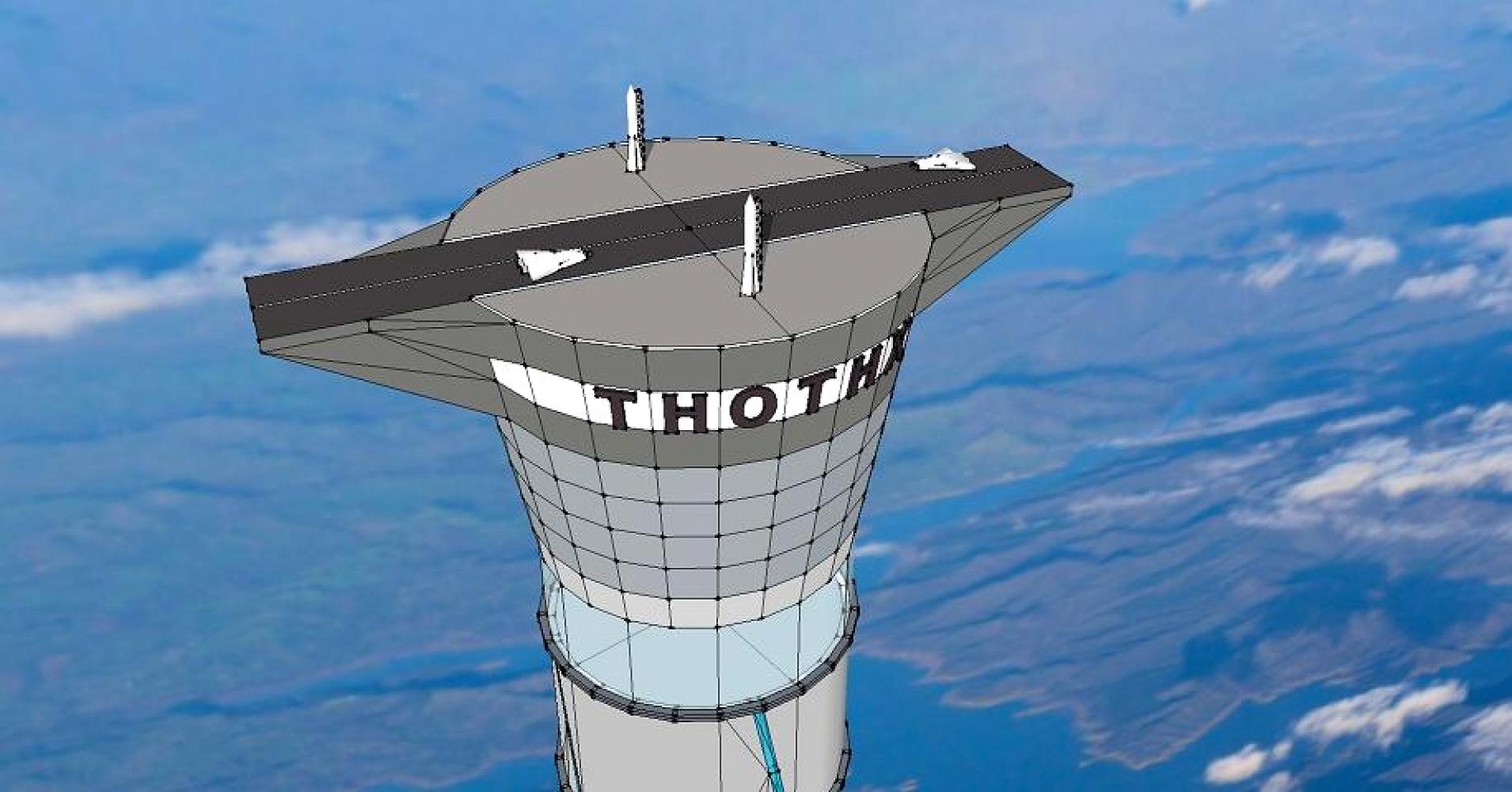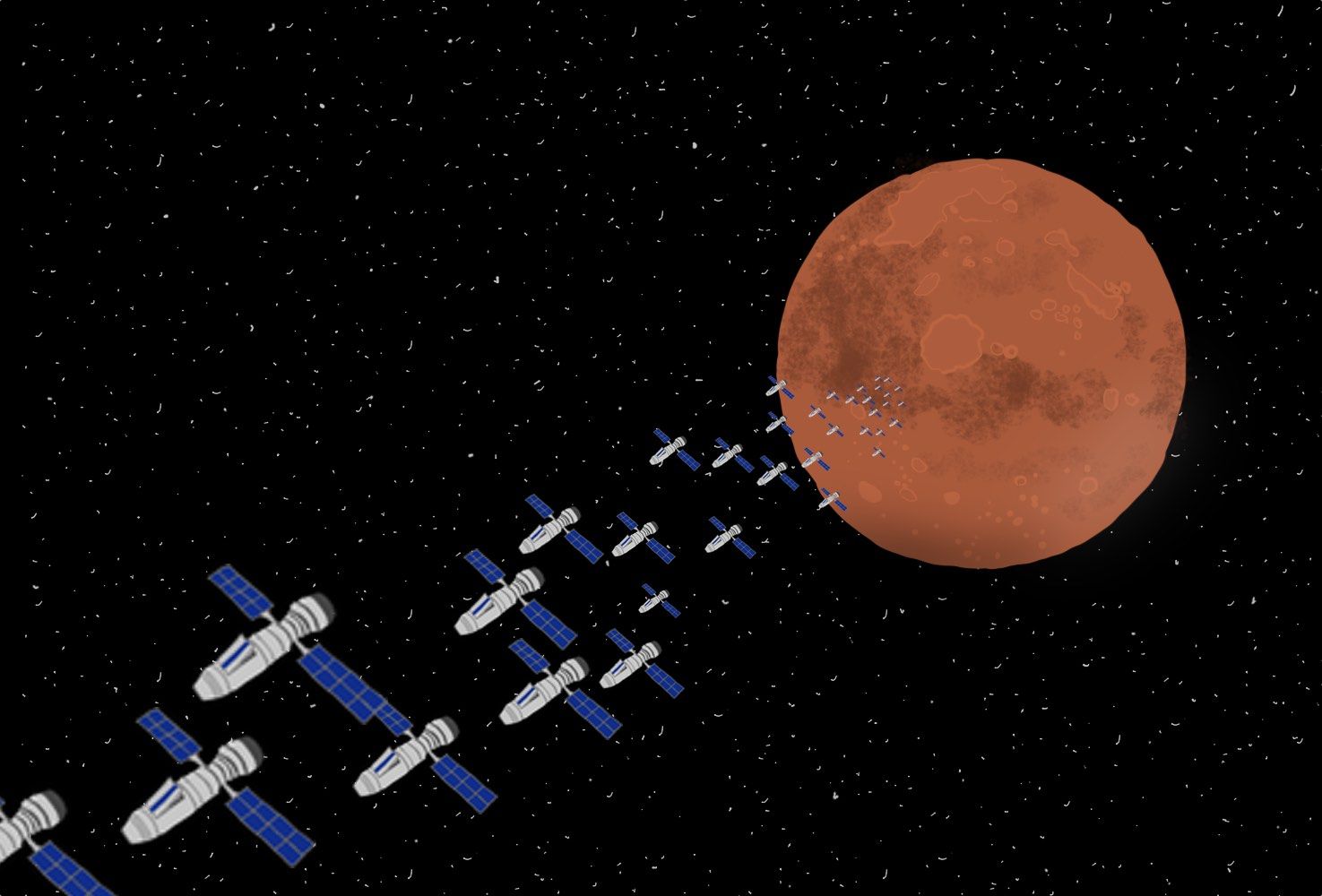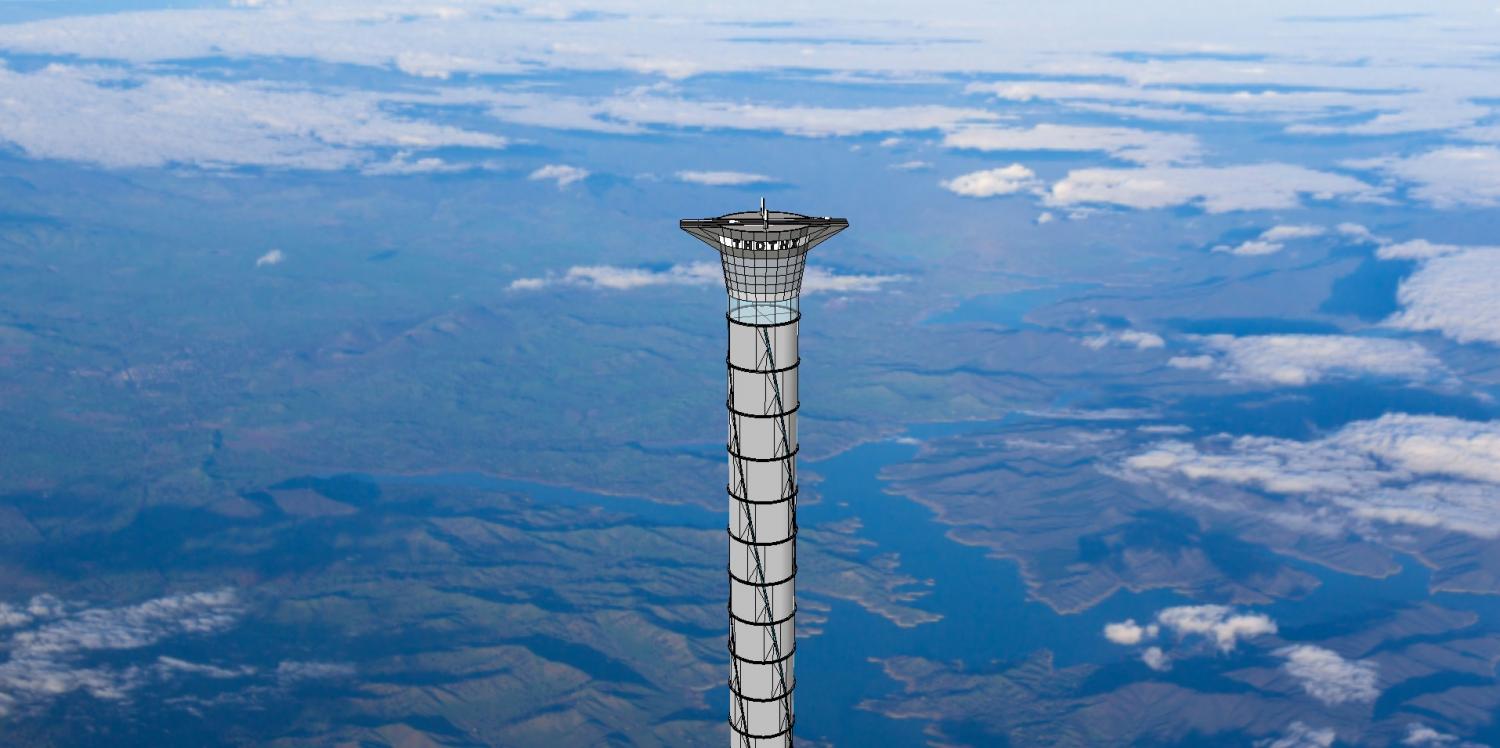Anomaly is an unusual Christmas tale, set in the late 60’s, which tells the story of a group of people connected by the same astrological event: A frightening meteor that will enter and exit the atmosphere. It is weird and sad and hopeful and just really interesting to watch.
Anomaly is an independent short film directed by Dan DiFelice & Salomon Lightelm. The film rose up to $60,000 in its Kikstarter campaign but it looks as gorgeous as if they had spent two million. Great post production houses like The Mill and Framestore also collaborated in the project. We featured Anomaly here the same day it was released on the Internet and we are very happy to have it on the Sploid Short Film Festival.








